Opinion
What is next for transporting crude oil? Sea, rail, truck, pipes and now air? Fact or fiction?

Investing in crude oil transportation is an expensive, a controversial and a political game, especially when it comes to shipping to tide water.
Private corporations around the globe are investing in bulk tankers to ship crude oil across the oceans, we just need to get it to tide water.
Federal Liberal government has spent $4.5 billion on a current pipeline. With a population of 36.71 million people, means that every Canadian has spent by proxy $122.60 on a pipeline. We could spend another $9 billion twinning the pipeline to triple the flow of crude for a total $13.5 billion or $367.75 per Canadian.
Provincial NDP government of Alberta is investing $3.7 billion on rail cars to ship oil to tide water. Alberta’s population is 3.7 million people which means every Albertan will be spending $863.28 on rail cars to ship oil.
With tongue firmly in cheek I must ask if the Conservatives either provincially or federally will out do the competition and invest in the last option; air. They could invent or invest in bulk tanker aircraft. They have planes that fuel airplanes mid-flight so why not fly crude oil to tidewater?
Every Albertan is committed to $1231.00 in shipping more oil so what’s another $1269.00 to make it $2500. It’s only money, and I am sure the politicians can find a way to subsidize the top 1%, so they won’t suffer too badly. They could cut funding to seniors, health, education and other programs the average Albertan uses. It would cover all the bases, so what will the Conservatives bring to the game? We’re waiting.
Business
UN climate conference—it’s all about money
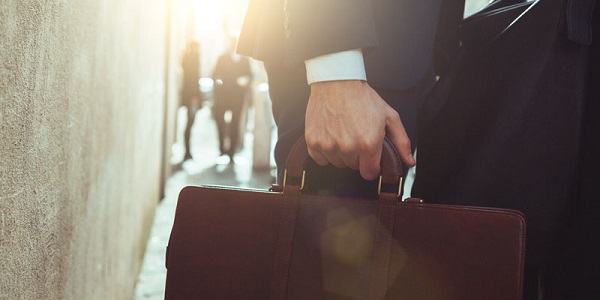
From the Fraser Institute
This year’s COP wants to fast-track the world’s transition to “clean” energy, help vulnerable communities adapt to climate change, work on “mobilizing inclusivity” (whatever that means) and “delivering on climate finance,” which is shorthand for having wealthier developed countries such as Canada transfer massive amounts of wealth to developing countries.
Every year, the United Nations convenes a Conferences of Parties to set the world’s agenda to reduce greenhouse gas (GHG) emissions. It’s the biggest event of the year for the climate industry. This year’s conference (COP29), which ends on Sunday, drew an army of government officials, NGOs, celebrities and journalists (many flying on GHG-emitting jet aircraft) to Baku, Azerbaijan.
The COP follows a similar narrative every year. It opens with a set of ambitious goals for climate policies, followed by days of negotiating as countries jockey to carve out agreements that most favour their goals. In the last two days, they invariably reach a sticking point when it appears the countries might fail to reach agreement. But they burn some midnight oil, some charismatic actors intervene (in the past, this included people such as Al Gore), and with great drama, an agreement is struck in time for the most important event of the year, flying off to their protracted winter holidays.
This year’s COP wants to fast-track the world’s transition to “clean” energy, help vulnerable communities adapt to climate change, work on “mobilizing inclusivity” (whatever that means) and “delivering on climate finance,” which is shorthand for having wealthier developed countries such as Canada transfer massive amounts of wealth to developing countries.
Some of these agenda items are actually improvements over previous COPs. For example, they’re actually talking about “climate adaptation”—the unwanted stepchild of climate policies—more this year. But as usual, money remains a number one priority. As reported in the Associated Press, “negotiators are working on a new amount of cash for developing nations to transition to clean energy, adapt to climate change and deal with weather disasters. It’ll replace the current goal of $100 billion (USD) annually—a goal set in 2009.” Moreover, “experts” claim the world needs between $1 trillion and $1.3 trillion (yes, trillion) in “climate finance” annually. Not to be outdone, according to an article in the Euro News, other experts want $9 trillion per year by 2030. Clearly, the global edifice that is climate change activism is all about the money.
Reportedly, COP29 is in its final section of the meta-narrative, with much shouting over getting to a final agreement. One headline in Voice of America reads “Slow progress on climate finance fuels anger as COP29 winds down.” And Argus News says “climate finance talks to halt, parties fail to cut options.” We only await the flying in of this year’s crop of climate megafauna to seal the deal.
This year’s conference in Baku shows more clearly than ever before that the real goal of the global climate cognoscenti is a giant wealth transfer from developed to developing countries. Previous climate conferences, whatever their faults, focused more on setting emission reduction targets and timelines and less about how the UN can extract more money from developed countries. The final conflict of COP29 isn’t about advancing clean energy targets or helping vulnerable countries adapt to climate change technologically, it’s all about show me the money.
Author:
Daily Caller
Canada Pivots From ‘Diversity Is Our Strength,’ Locks Down Border Fearing Migrant Influx
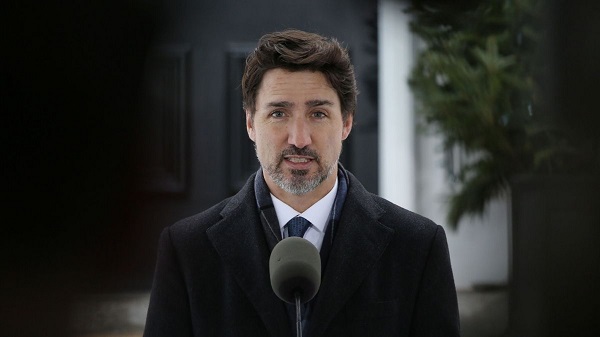
 From the Daily Caller News Foundation
From the Daily Caller News Foundation
Canadian officials are bracing for a possible migrant influx into their country because of President-elect Donald Trump’s election victory in the U.S., marking a major pivot in policy compared to Trump’s first White House term.
Canada’s Liberal Party-led government appears to be taking a much more hawkish approach to illegal immigration and the possibility of a surge in asylum seekers, according to the New York Times. The Royal Canadian Mounted Police (RCMP) — the country’s law enforcement arm that patrols the border — is preparing to beef up its immigration enforcement capabilities by hiring more staff, adding more vehicles and creating more processing facilities.
RCMP would use the extra vehicles to help patrol the U.S.-Canada border and utilize newly-established facilities to detain and process arriving migrants, according to the New York Times.
The preparations up north come as Trump — who just won election to a second, non-consecutive term to the White House — has vowed to conduct the largest deportation operation in the country’s history. He is set to re-occupy the Oval Office in January, where he will get to work on his hardline immigration enforcement agenda.
Canadian officials have spoken about the possibility of a migrant surge into their country early on since Trump’s victory.
“We started planning because we knew that there were a lot of people in the United States who will fear to be deported, and if that happens, they won’t wait for the Trump administration to seize power, it’s more likely that they will attempt to cross into Canada from now in the next few weeks until he takes on power,” RCMP spokesperson Sgt. Charles Poirier said on CTV News earlier in November.
Trudeau’s government did not have the same response to Trump’s first-term crackdown on illegal migrants.
“To those fleeing persecution, terror & war, Canadians will welcome you, regardless of your faith. Diversity is our strength #WelcomeToCanada,” the Canadian prime minister posted on social media on Jan. 28, 2017, just days after Trump was sworn into office.
However, in the years since Trudeau made these public overtures, the Canadian government has recognized the need to change course. The change in policy is largely reflective of less tolerance in the country for mass migration, public opinion surveys have shown.
“To be clear: all newcomers are valued in Canada,” Marc Miller, Canada’s immigration minister, said during a September speech in Ottawa before announcing the rollout of immigration enforcement measures. “But we also need to recognize that this can impact communities, such as the increases in unemployment amongst youth and newcomers.”
“We are introducing changes to further recalibrate international student, foreign worker and permanent resident volumes. That work has already started,” Miller continued.
In addition to beefing up its border infrastructure, Canadian officials also plan to make use out of an international agreement that will allow them to send asylum seekers back into the U.S., according to the New York Times. The “safe third country” agreement — which the Trump administration heavily enforced onto Mexico at that time — designates both the U.S. and Canada as safe countries for asylum requestors, meaning a migrant that arrived in the U.S. must first seek asylum there before attempting to do so in Canada.
“We expect that agreement to continue to be fully enforced,” Miller told reporters earlier.
The RCMP did not immediately respond to a request for comment from the Daily Caller News Foundation.
-
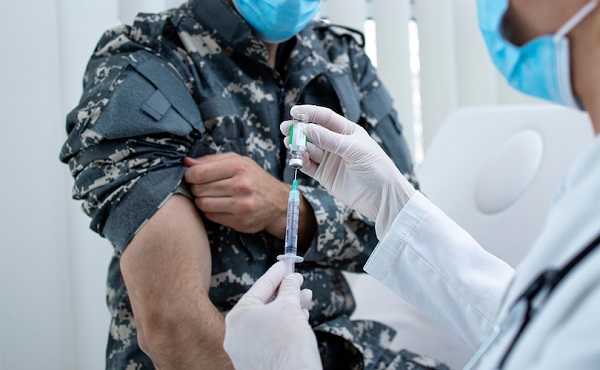
 armed forces2 days ago
armed forces2 days agoJudge dismisses Canadian military personnel’s lawsuit against COVID shot mandate
-
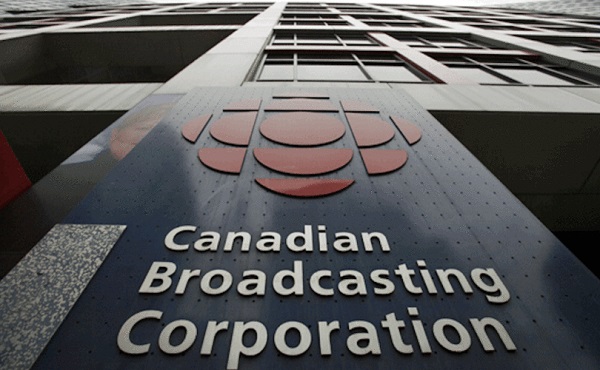
 Business1 day ago
Business1 day agoCBC’s business model is trapped in a very dark place
-
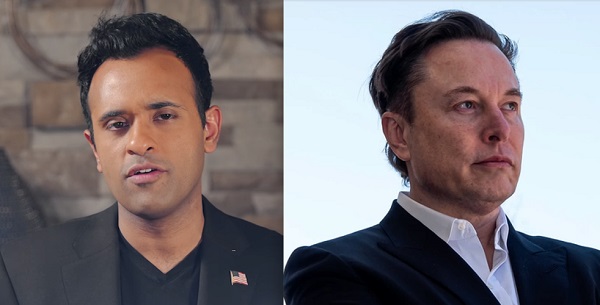
 International2 days ago
International2 days agoElon Musk, Vivek Ramaswamy Outline Sweeping Plan to Cut Federal Regulations And Staffing
-
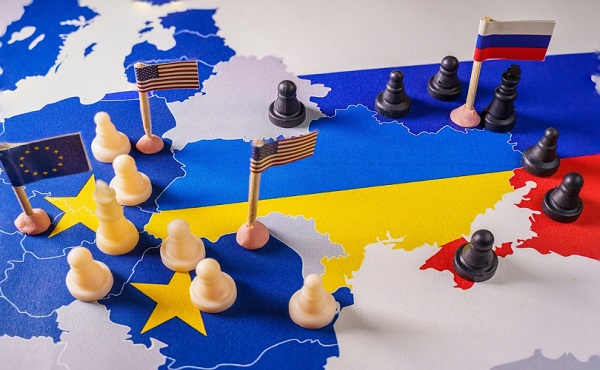
 conflict2 days ago
conflict2 days agoUS and UK authorize missile strikes into Russia, but are we really in danger of World War III?
-
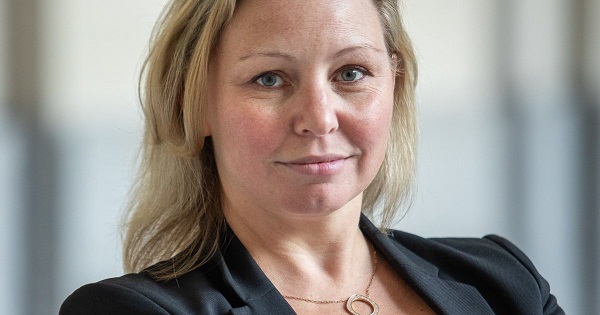
 Energy2 days ago
Energy2 days agoWhat does a Trump presidency means for Canadian energy?
-

 Alberta23 hours ago
Alberta23 hours agoAlberta fiscal update: second quarter is outstanding, challenges ahead
-
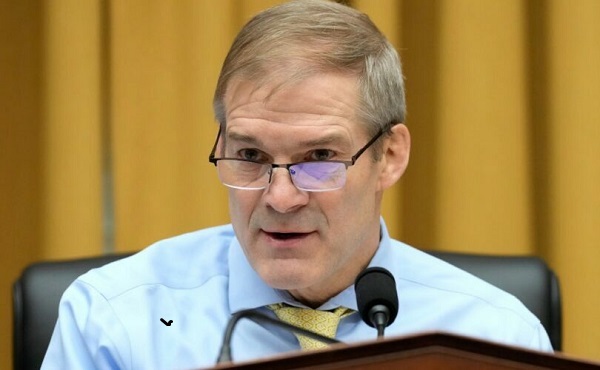
 Censorship Industrial Complex1 day ago
Censorship Industrial Complex1 day agoCongressional investigation into authors of ‘Disinformation Dozen’ intensifies
-

 Alberta1 day ago
Alberta1 day agoAlberta government announces review of Trudeau’s euthanasia regime







